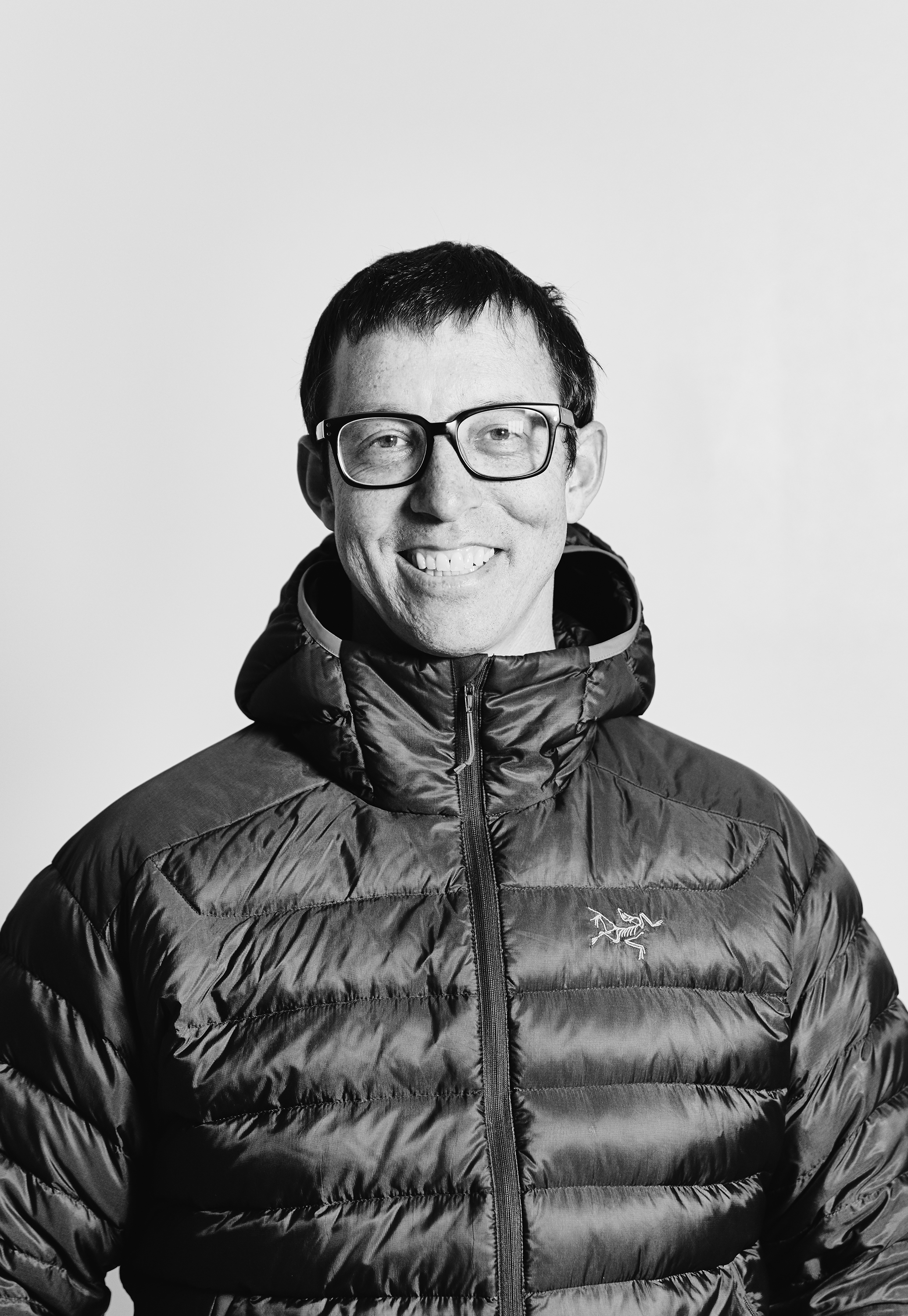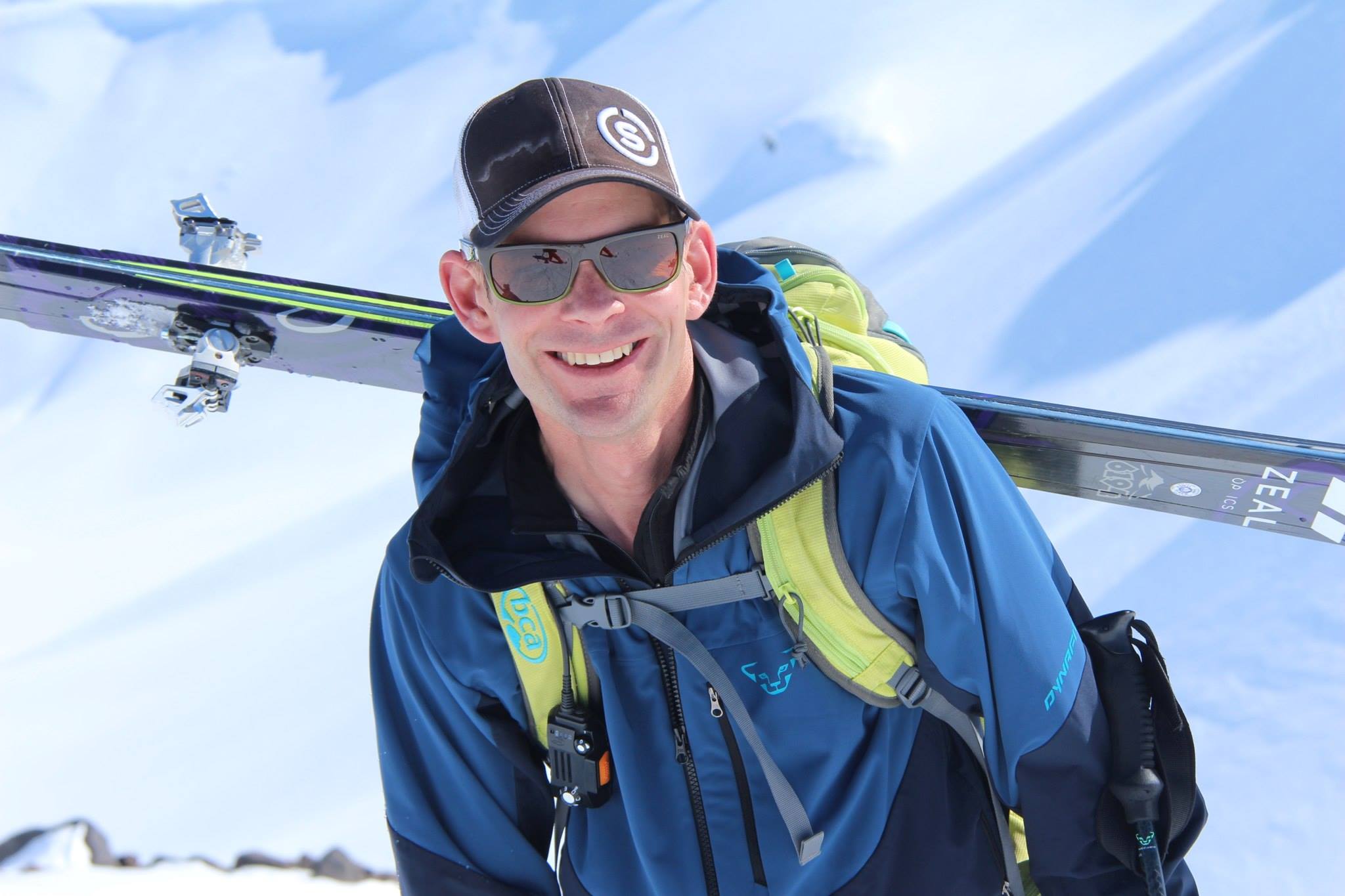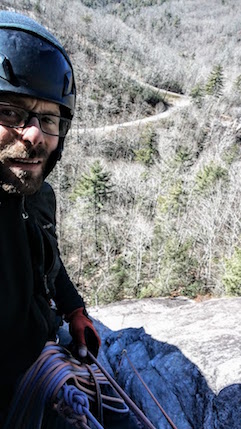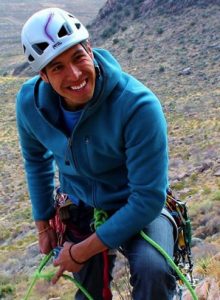AMGA PARTNER ATHLETE PROFILE: Erin Smart, with Mammut
The AMGA is excited to announce a new blog series, to run for the rest of 2015, featuring Q & As with AMGA guides, instructors, and members who are integral members of our corporate sponsors’ athlete teams—men and women who are delivering both in the guiding world and as ambassadors for their brands and chosen outdoor sport(s). There is and always has been much overlap between mountain guides and top mountain athletes: guiding and teaching are a natural fit for those who excel in skiing, rock climbing, ice climbing, and mountaineering, as the activities pull from the same passion, wisdom, and skill set.
This week’s mini-profile is of AMGA Ski Guide, SPI, and Assistant Rock Guide Erin Smart, an athlete for our partner Mammut. Smart is a Seattle native and longtime skier, climber, and alpinist who co-owns and guides for Borealis Mountain Guides.
How you did you get into skiing and climbing, and then guiding?
I grew up skiing and playing in the mountains with my family. We lived in Seattle, but we had a mountain cabin near Lake Wenatchee, 30 minutes from Stevens Pass. We spent most weekends up there—skiing in the winter, and hiking, climbing, and swatting mosquitoes in the summer. The mountains are where I became best friends with my brothers, and became eternally grateful to my parents for sharing them with me.
I spent several winter seasons in La Grave, France, starting when I was 17. My oldest brother, Miles, was living and working there as an IFMGA guide. During my seasons there, I was exposed to guiding in Europe, and the life of a ski guide. After I graduated college, I spent another season there, and instead of applying to graduate schools, I signed up for the AMGA ski guide course, and shifted my recreational time in the mountains to directed training for guiding. That next summer, I was hired as a guide in the Cascades and found my place with this engaging, dynamic career.
Why do you love guiding?
Mountain guiding has helped shape my life by allowing me to find my place in this world. I love sharing experiences with my clients while exploring incredible mountain ranges. You have to always be fully aware of the changing mountain conditions, the client’s comfort and strength, and to always be one step ahead. I love guiding because it forces me to train to remain strong physically while simultaneously strengthening my mind.
Why is standardized guide education important, especially now?
Standardized guide training is especially important now as guiding in America is growing as an industry. As the guiding community continues to grow, it will be impossible for the public to know what they are going to receive without some form of standardized practice. It also helps prevent new guides from feeling pressured to work a trip that they are underqualified for without proper mentorship and training. Even with standardized training, the mountain-guiding profession will still involve accidents, but hopefully it will help reduce the risk that the guides and clients will face.
What is in your pack on a typical day of guiding?
Since the guide pack changes so much depending on the season, I will go with my most recent guide pack, which was working for Northern Alpine Guides ski-tour guiding in Norway on nonglaciated terrain.
- Mammut Pro Short Removable Airbag 33L Pack
- K2 Rescue Shovel Plus – A metal shovel with the ability to be used for a rescue sled
- Probe – In the heart of the winter, I don’t use a probe shorter than 300cm
- Mammut Pulse avalanche transceiver
- Skins – Keep skin wax handy for your clients
- Mammut Merit Pulse Glove – Main work glove for the day
- Mammut Expert Tour Glove – Warm glove, usually stays in the pack all day
- Warm Hat: Bonus points if you have a pom
- Buff
- Sunglasses
- Goggles
- Water bottle or thermos
- Food
- Headlamp: Mammut Lightweight T-Trail
- Sunscreen and lip balm with sunscreen
- Warm insulating layer: I like the Mammut Miva Hooded Jacket
- First-aid kit
- Repair kit
- Tarp
- Map and compass (altimeter watch on my wrist)
- Smart phone: App with topos for your area, which functions as my GPS
- Guide Notebook – Includes emergency numbers for the area, and emergency contact info for all my clients
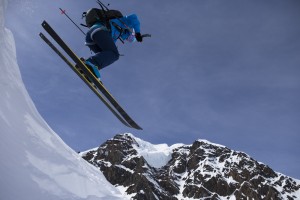
Mammut athlete Erin Smart while guiding an athlete trip in Wrangell-St. Elias, Alaska. Photo: Krystle Wright
What has been your best day out guiding, and why?
It is difficult to pick my “best” day out, as each is memorable in its own way. For me there are categories of “best” days: most fun, best on-sight, unforgettable conditions, most challenging yet successful, and helping someone who doesn’t believe they can do something overcome themselves. Perhaps that last category is one of my favorites.
My second year of guiding in the Cascades, I was working a 12-day mountaineering course. The second part of the trip we focus on alpine rock. We were climbing up the South Arête on South Early Winters Spire. I had two clients, as did my co-guide. I had Sarah, who was having a hard time with the idea of climbing up an alpine ridge; she did not think she could do it. I brought her up to the first anchor, and I could see that she had been crying. We stayed at the belay alone for a bit. We talked through what she was afraid of, and I answered all her concerns about the climb ahead. She tentatively decided to continue on, and so we did.
At the summit, she cried again, but this time from happiness. The sun was out, the North Cascades were showing their beauty, and she had conquered her fears. She later sent me a card in the mail thanking me for pushing her. She was loving rock climbing now, and searching for her next mountain to climb. I love helping someone go beyond what they think they are capable of; they do all the work, and I just get them in position to succeed.
What has been your worst/funniest/most comedy-of-errors day out guiding, and why?
The weather can sometimes be extreme above the Arctic Circle. Where I work in Norway, we refer to it as the “Lofoten wait.” If you don’t like the weather, just wait five minutes. While sometimes this saying is true, other times the weather just stays bad.
My first season up there, I had a private client and we were ski touring on a stormy day. As we were approaching a col, a gusty wind started up, growing stronger with each gust. My client and I were braced against the slope for a moment until the next lull—moving is not an option during some of those winds. The lull was nowhere to be found, and just as I turned to yell to my client that we were going to bail, my sunglasses ripped of my head and into the atmosphere. I threw my goggles on, and we carefully transitioned and then skied out of the storm. I learned my lesson last season: always wear a lanyard on your sunglasses in Lofoten.
This year I was prepared: I had two lanyards. I was diligent about wearing them every day out in the mountains. About two weeks into the season, I had a day off, as did another guide. We decided to go for a short tour in the backyard couloirs of the lodge. It was a beautiful day, with not a breath of wind. I thought to myself, this is a good day for my “fun” sunglasses—with no lanyard. As we reached the back of the ridge, the winds picked up. I tucked the sides of my sunglasses underneath my buff to keep them more secure. A large gust came, and we both got knocked to our knees. It eased off, and we continued up. Without warning another larger gust came, knocked us down again, and stole both of our sunglasses. “Again,” I thought and laughed. Not much I could do at that moment. We ripped our skins and enjoyed some fun turns down the couloir back to the lodge. Sometimes you have to learn a lesson twice to really make it stick.
What is the one, most essential trick you’ve learned to make you a more efficient guide or climber?
Pack light.
What is the one item you can’t live without?
My smartphone. This little item is so much these days: contact to the outside world, messaging beta to other guides, map, GPS, weather, music, tent entertainment, and the list goes on. Just be sure to have an extra battery charge for multi-day trips!
How do you let loose/relax when you’re not working?
I like to drink too much coffee, go for bike rides—road and mountain, open-water swim, attempt to surf, and hang with friends and family cooking and eating amazing food.
What are the top three songs on your playlist?
This Time Tomorrow – The Kinks
Hold Me In Your Arms – The Black Keys
Lose Yourself to Dance – Daft Punk








